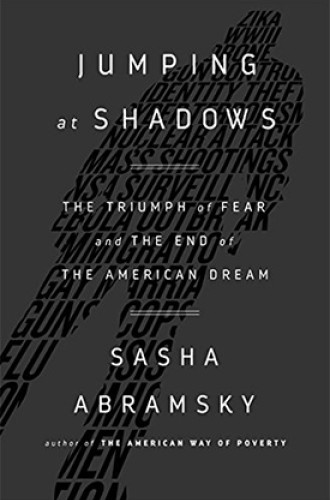Perfect love casts out fear, says 1 John 4:18. I’ve often wondered whether it’s also true that perfect fear casts out love. This book, which provides a timely examination of the sources and consequences of fear, suggests that it does.
Sasha Abramsky’s 2013 book The American Way of Poverty examined economic inequality in America. In his new book, Abramsky describes how fear plays a role in our political estrangement and argues that it gave us a president who inspires paranoia and division rather than hope and unity. The crisis that faces us is one in which fear is both cause and consequence. We are caught in a self-reinforcing loop of fear. The irony is that it’s this dynamic of fear itself that should make us most afraid.
Abramsky explains how fear is mediated by the limbic system, and particularly the amygdala—the part of the brain that responds in a lightning-fast manner to potential threats and helps determine whether to fight or to flee. This evolutionary adaptation has been essential in identifying dangers and mobilizing defensive resources. The assessment of potential threats involves accurately positioning in-group members versus out-group members. Since this process has meant the difference between survival and death, it has become a finely tuned mechanism. It is a fundamentally human tendency that all of us share. Unfortunately, Abramsky argues, it has spiraled out of control to the extent that we now often perceive threats where none realistically exist.






